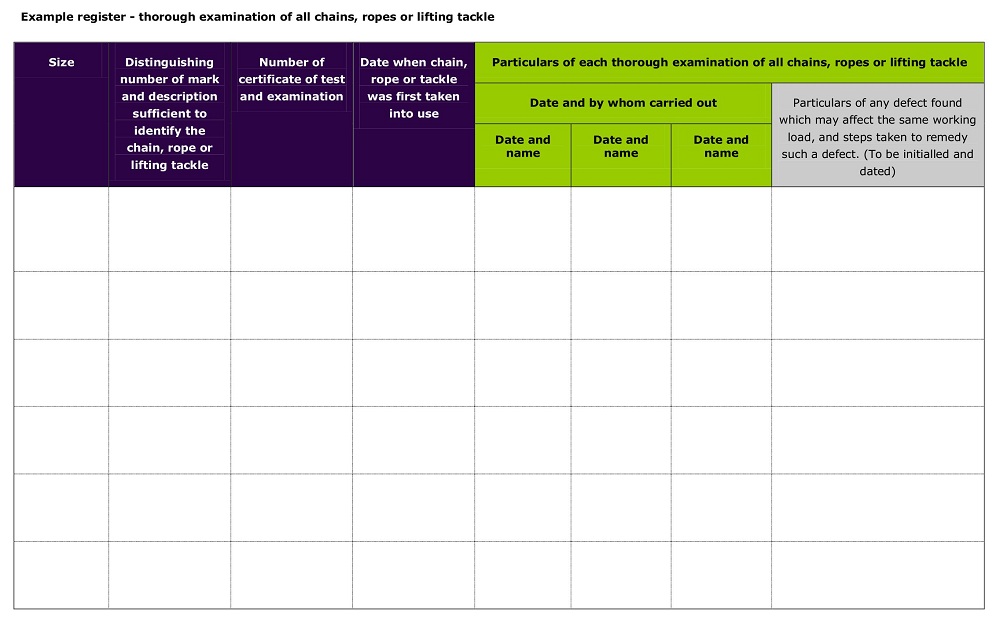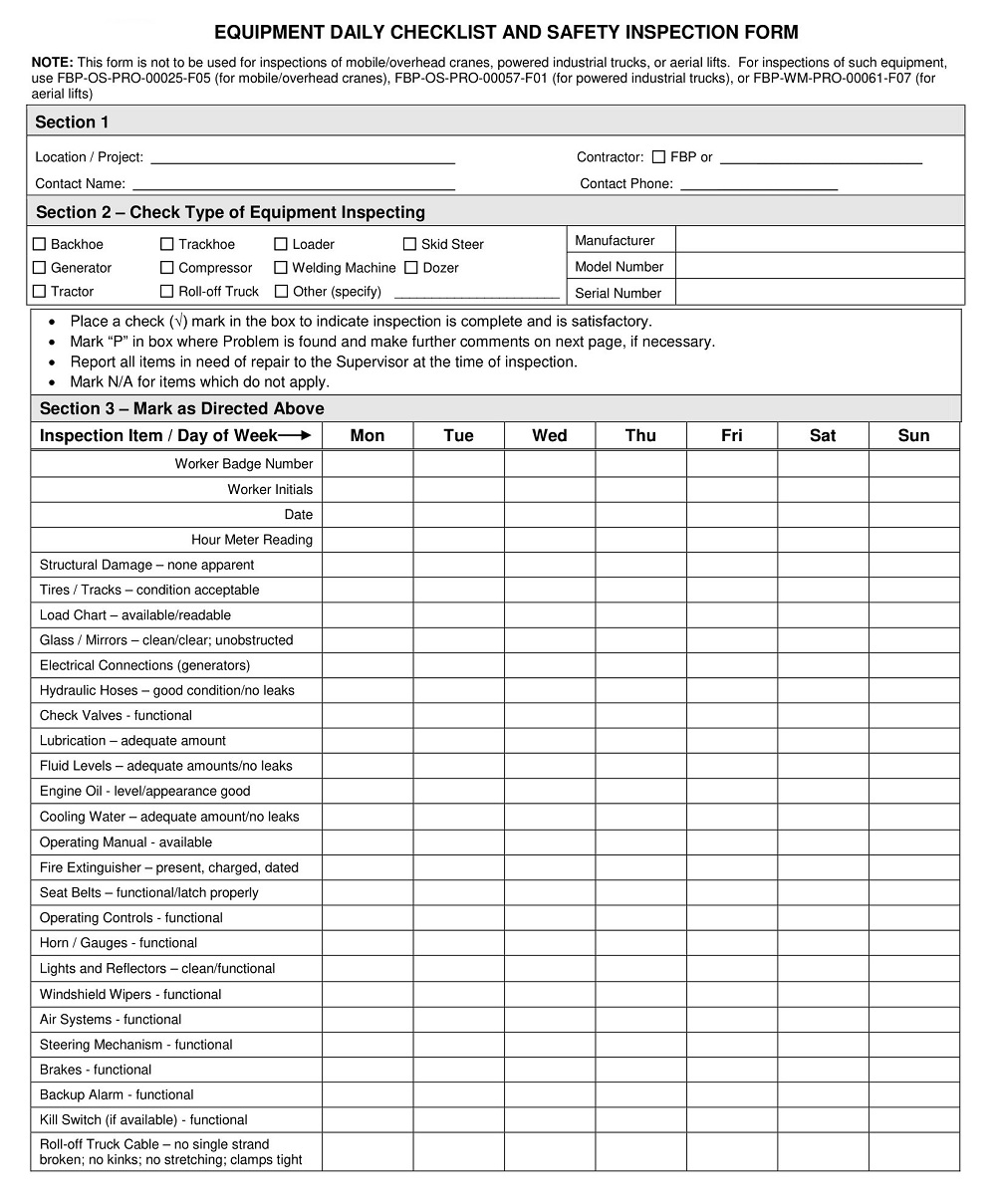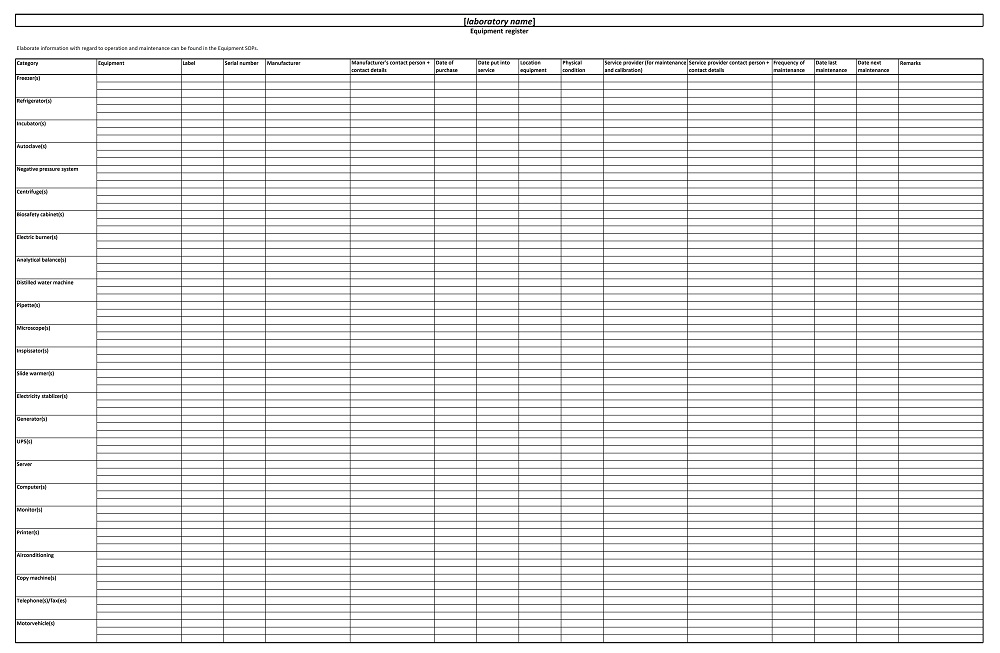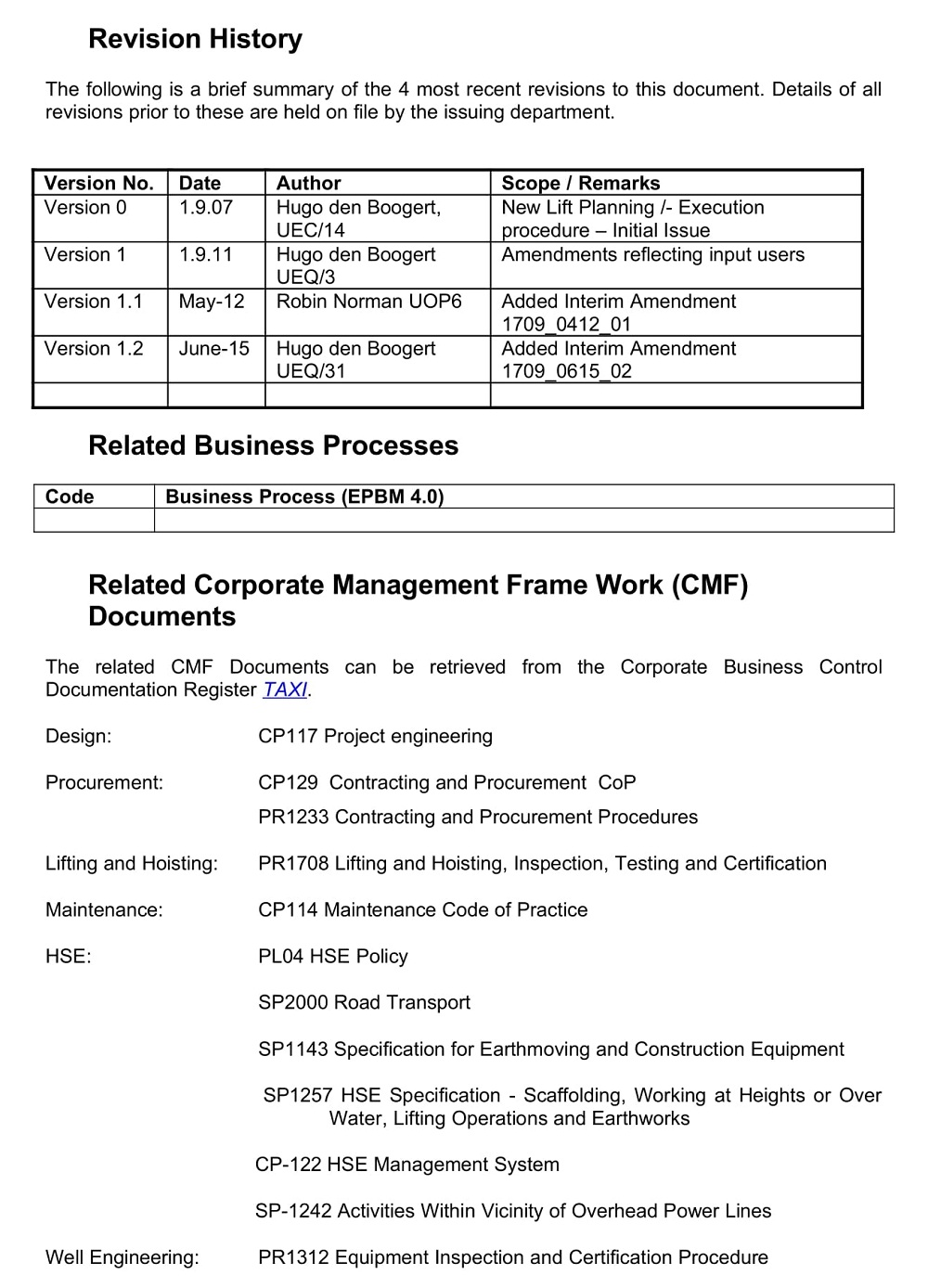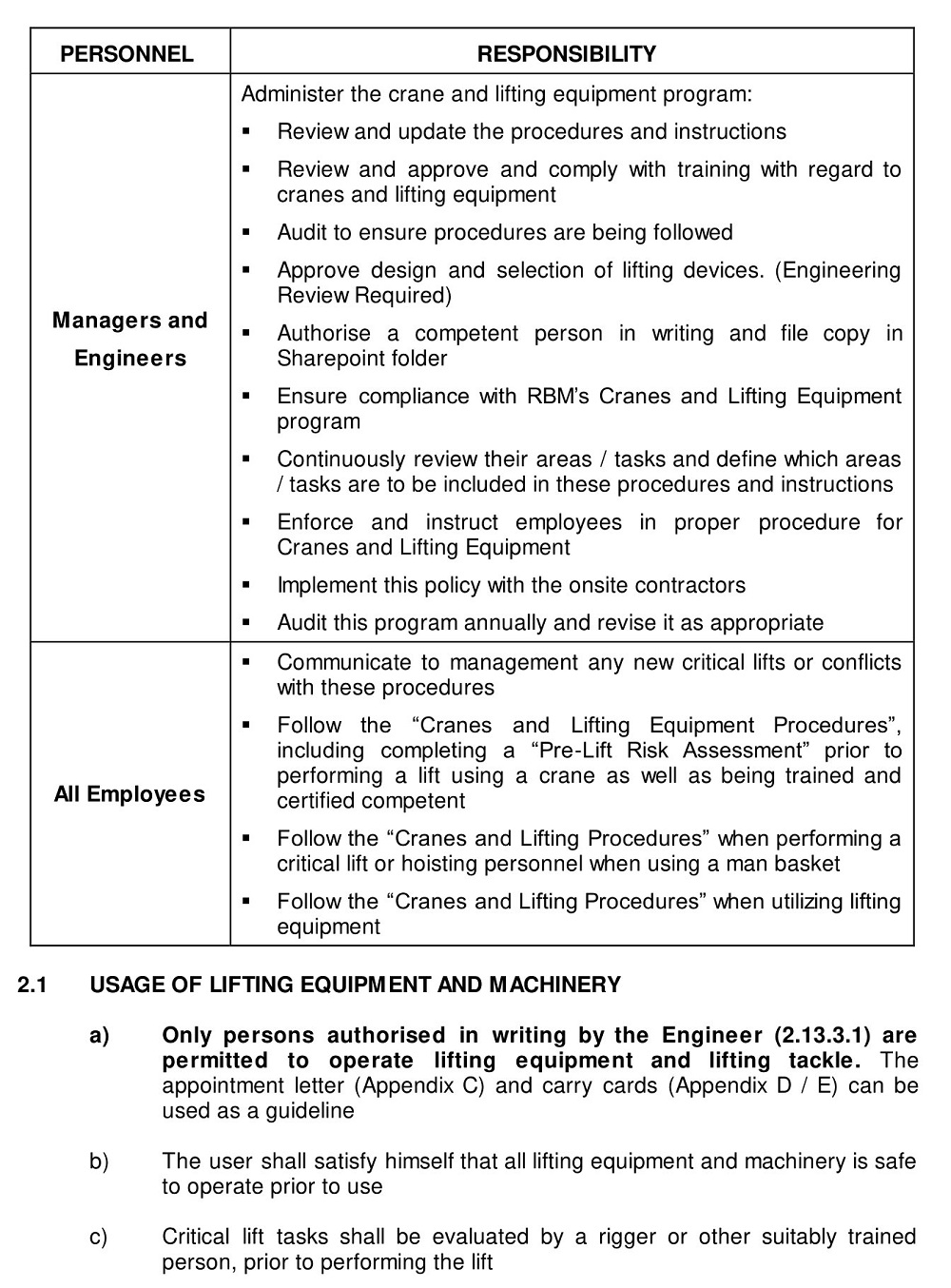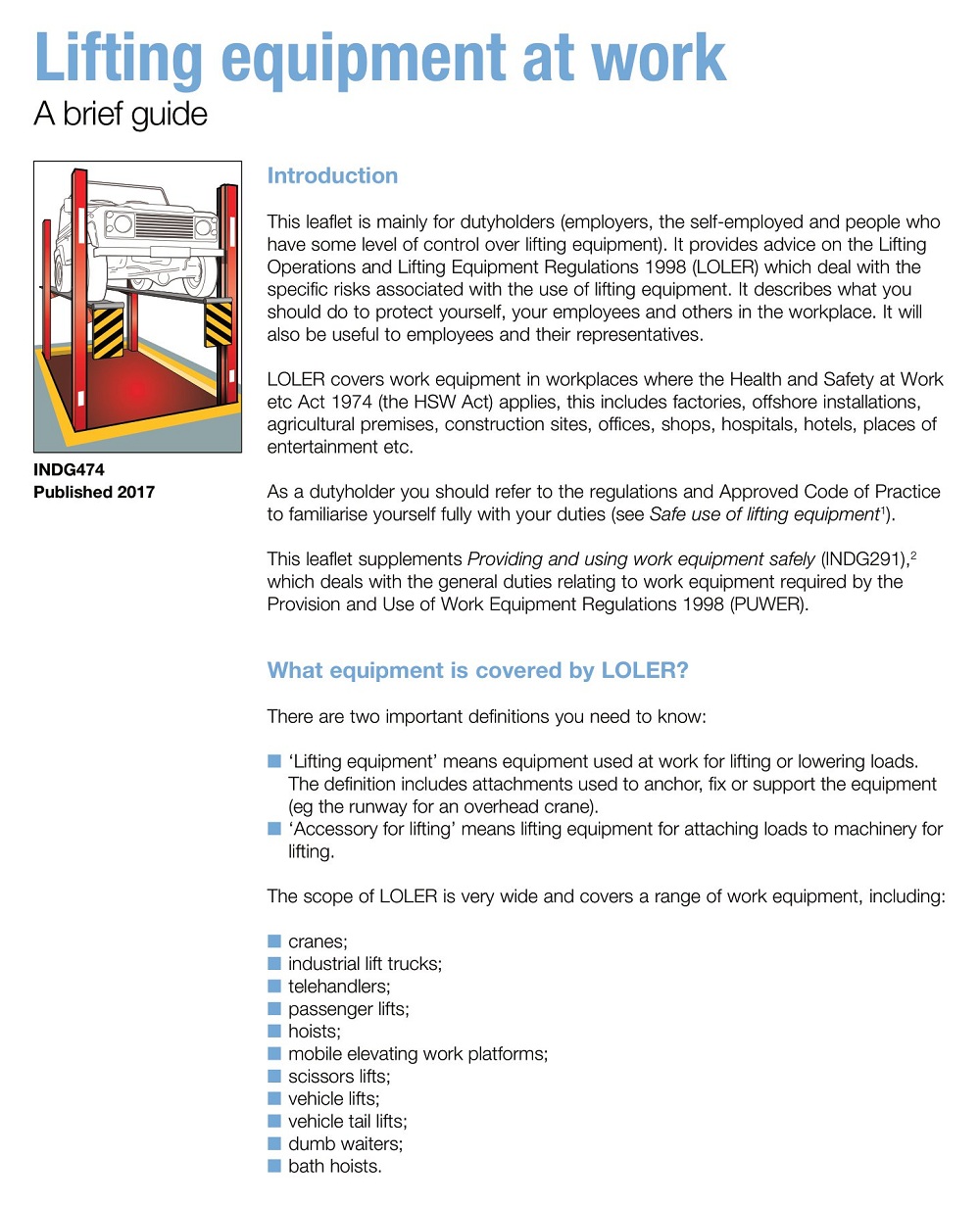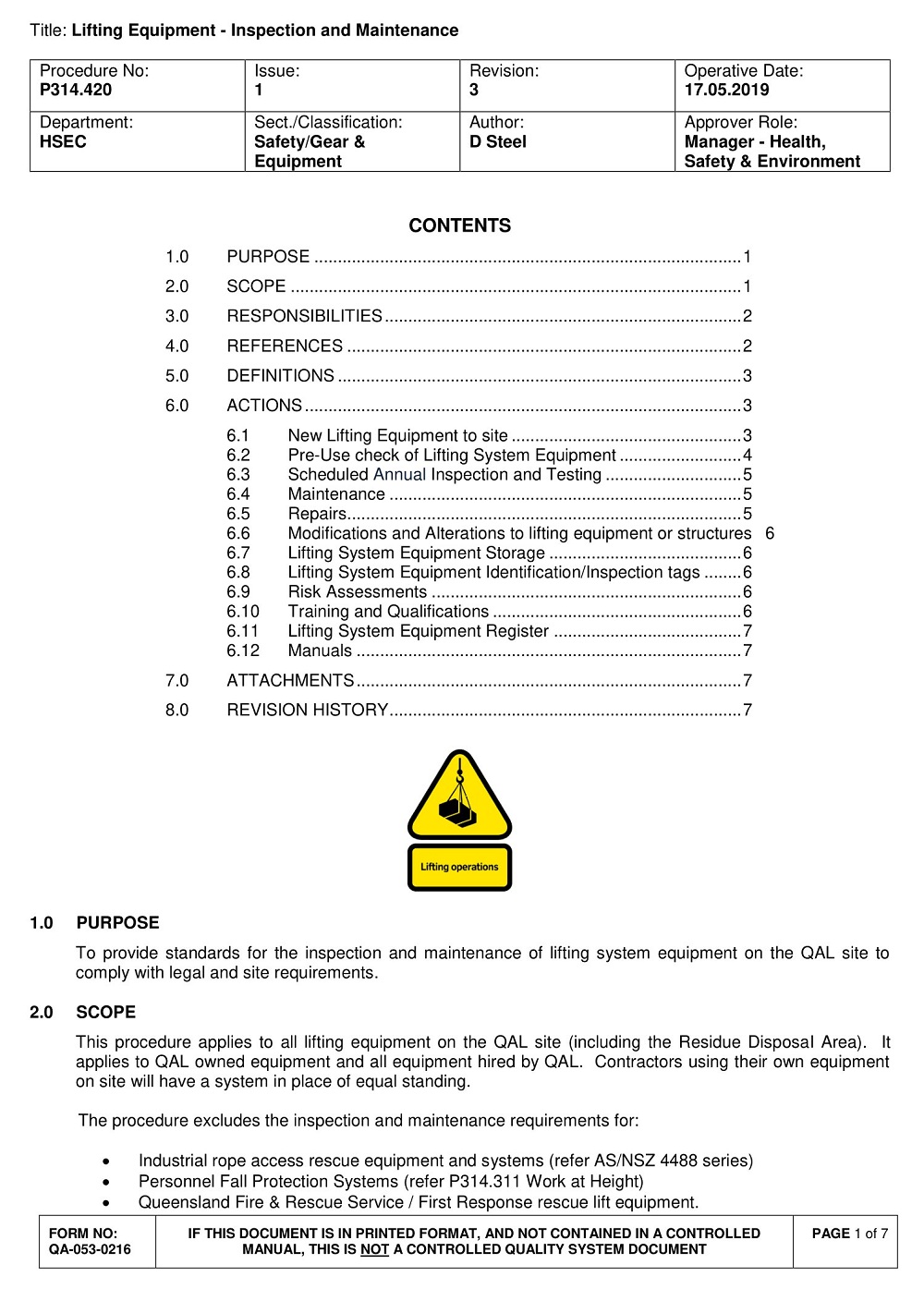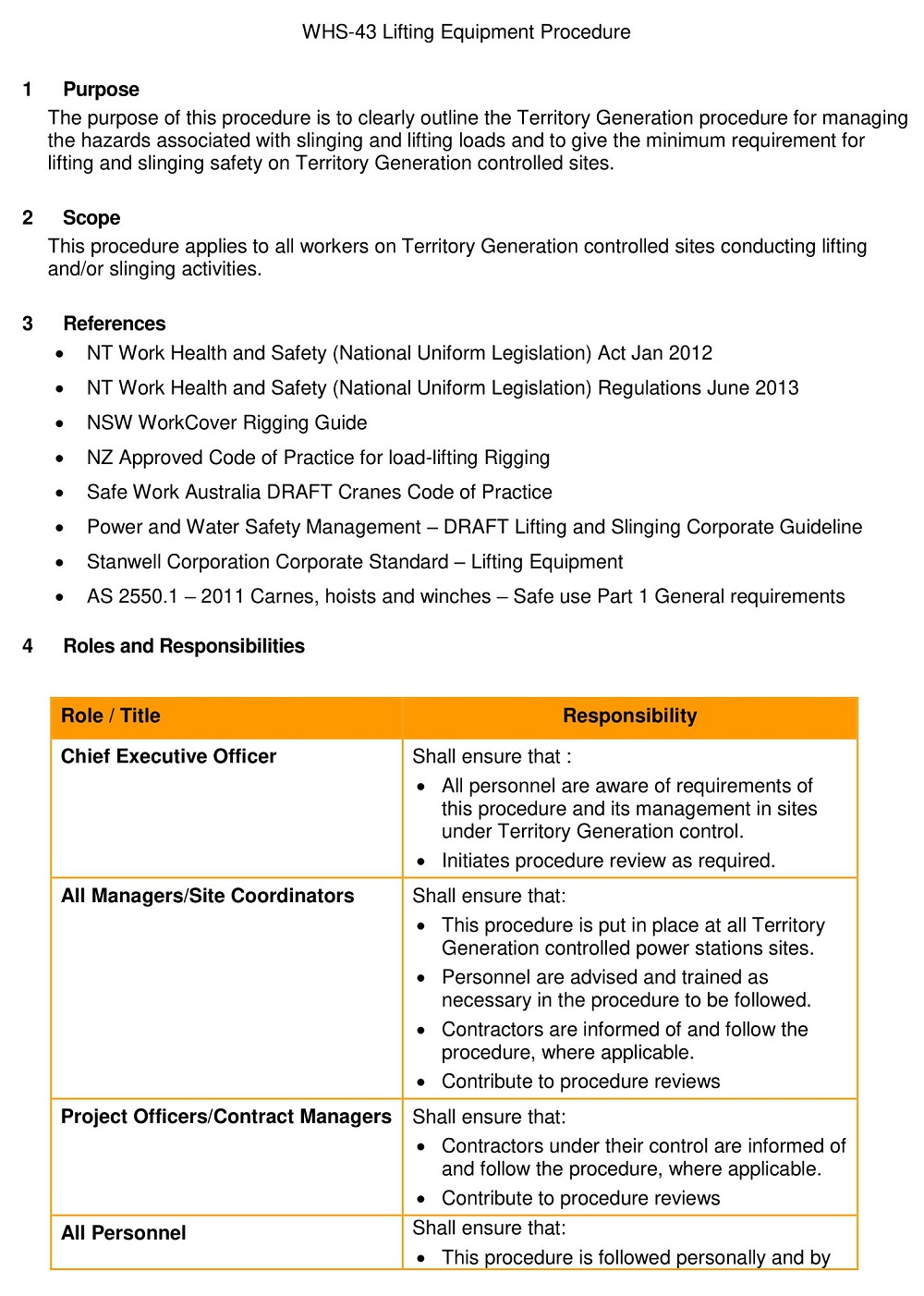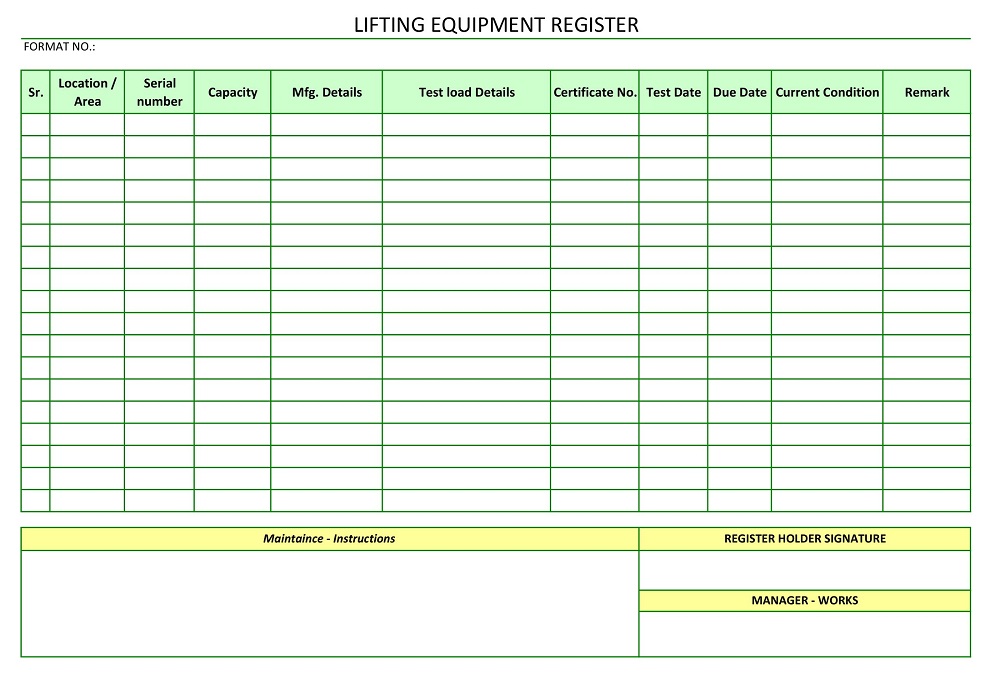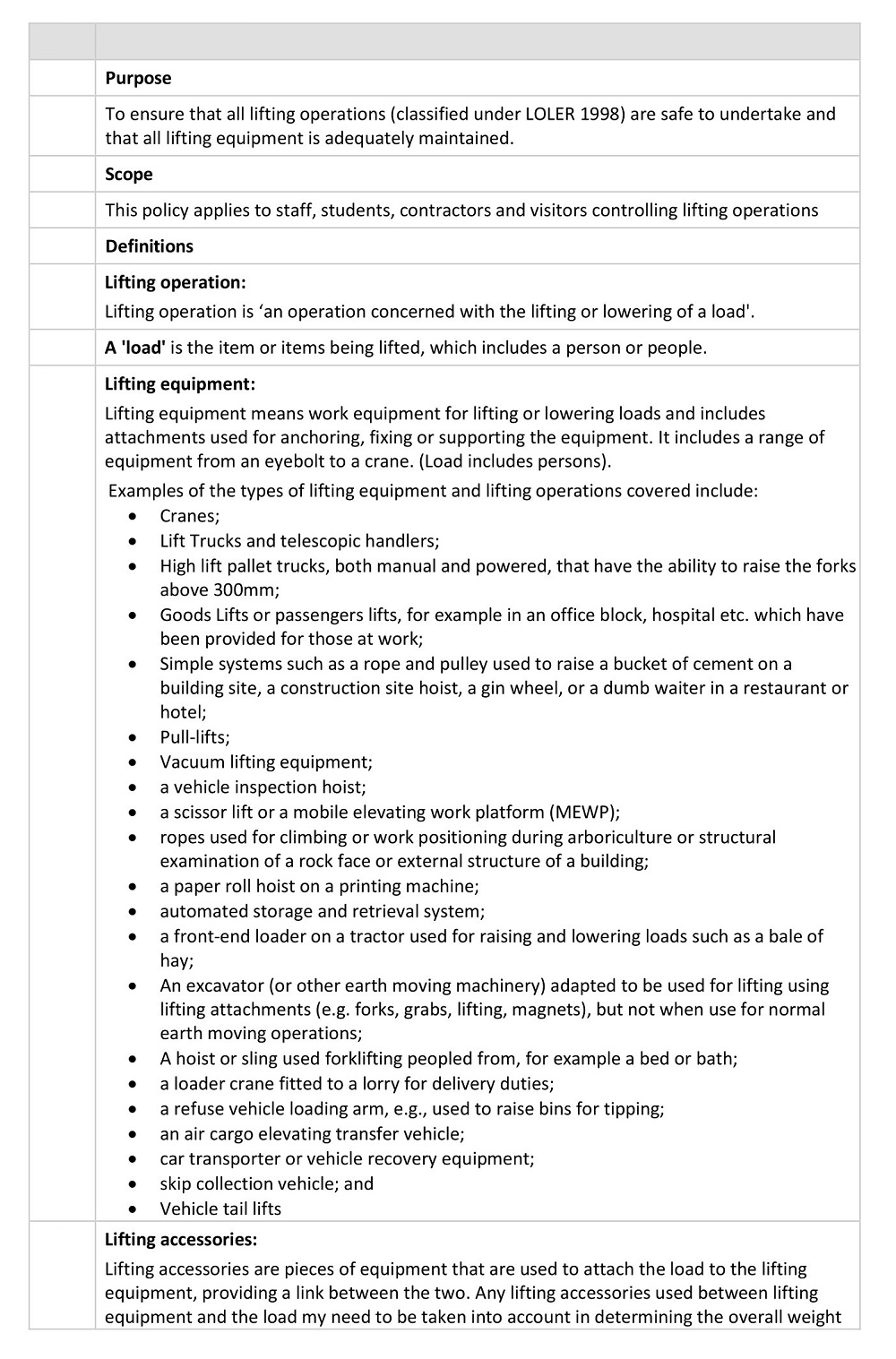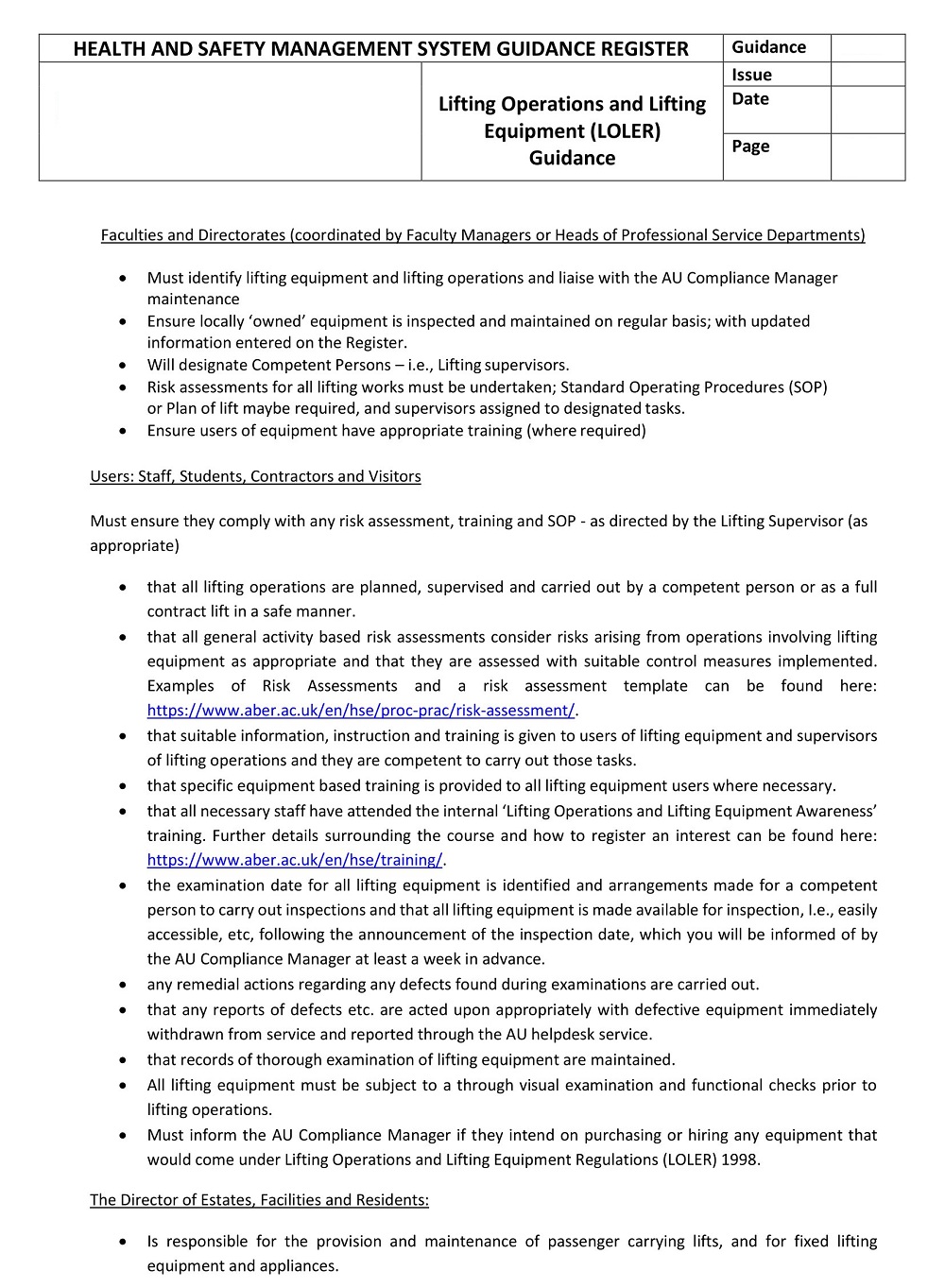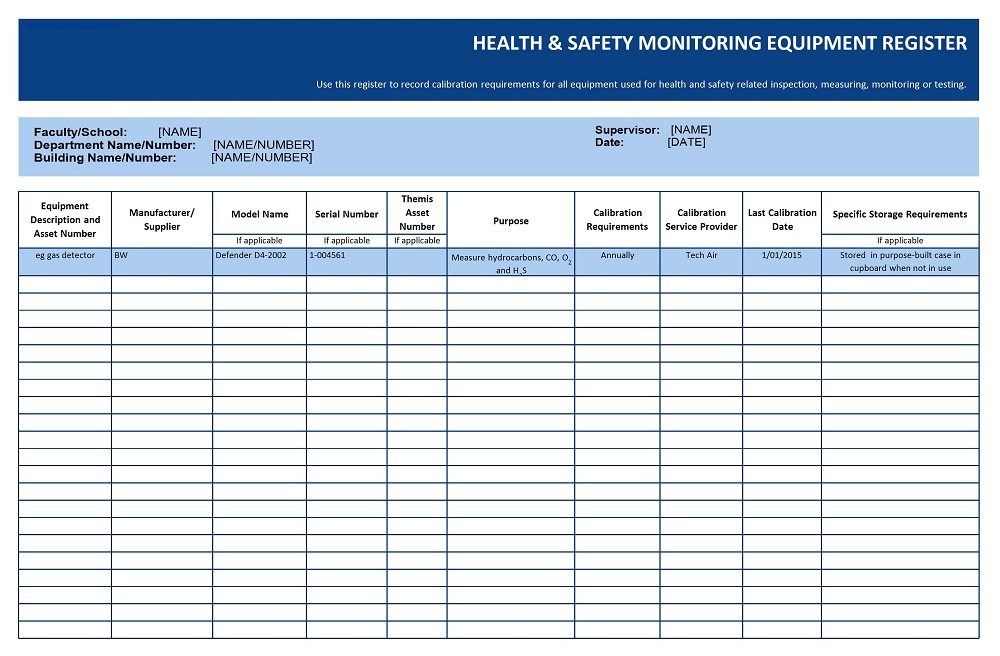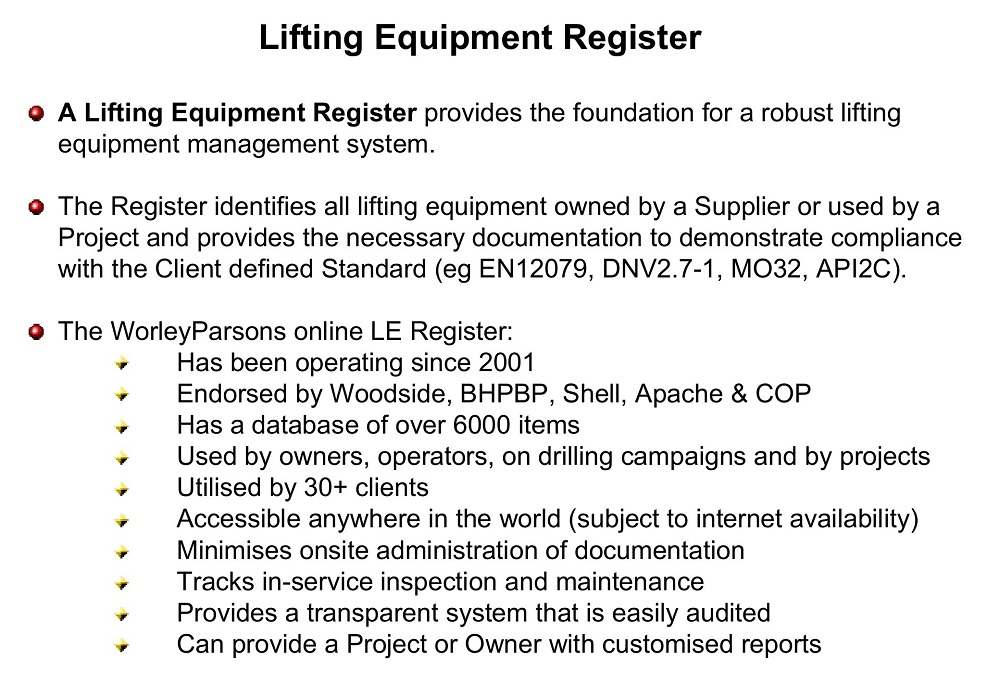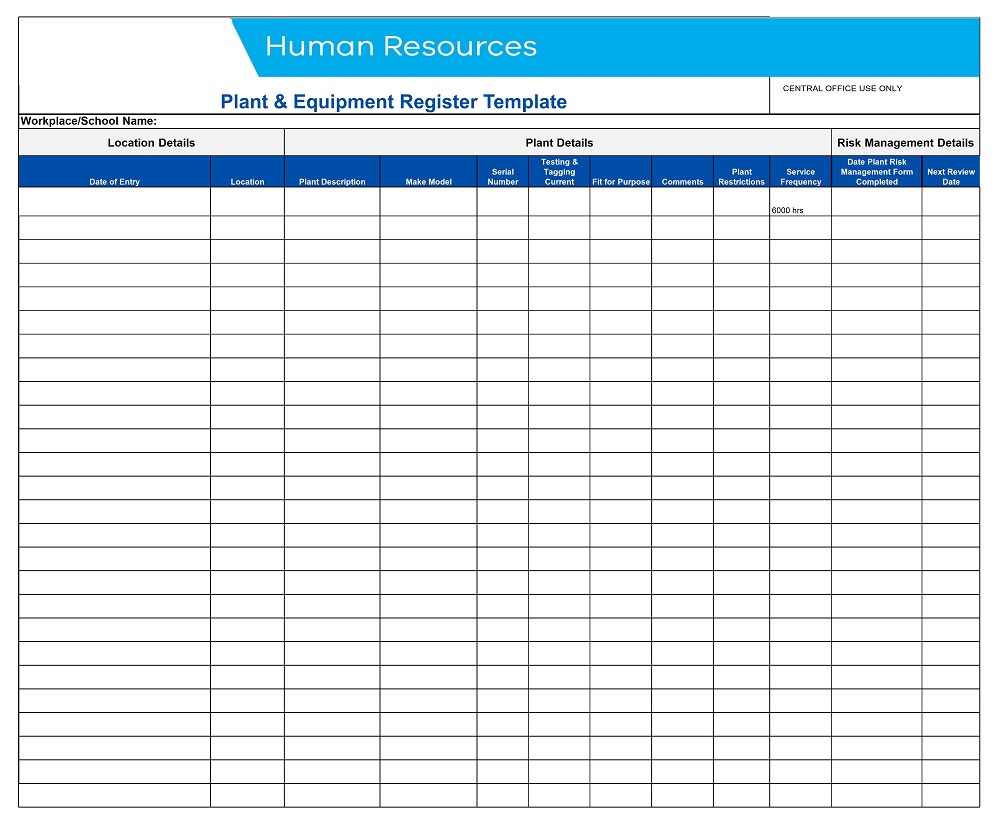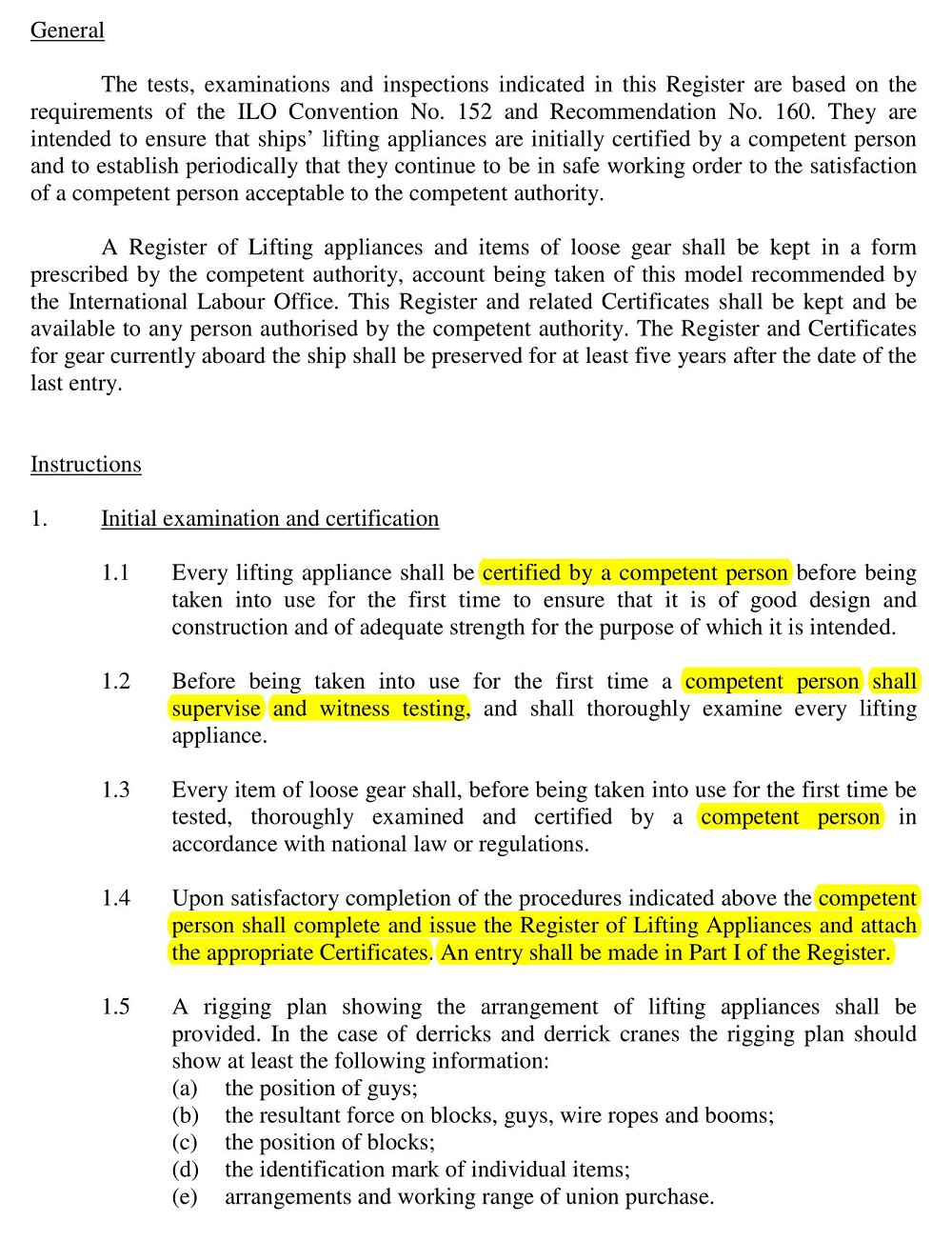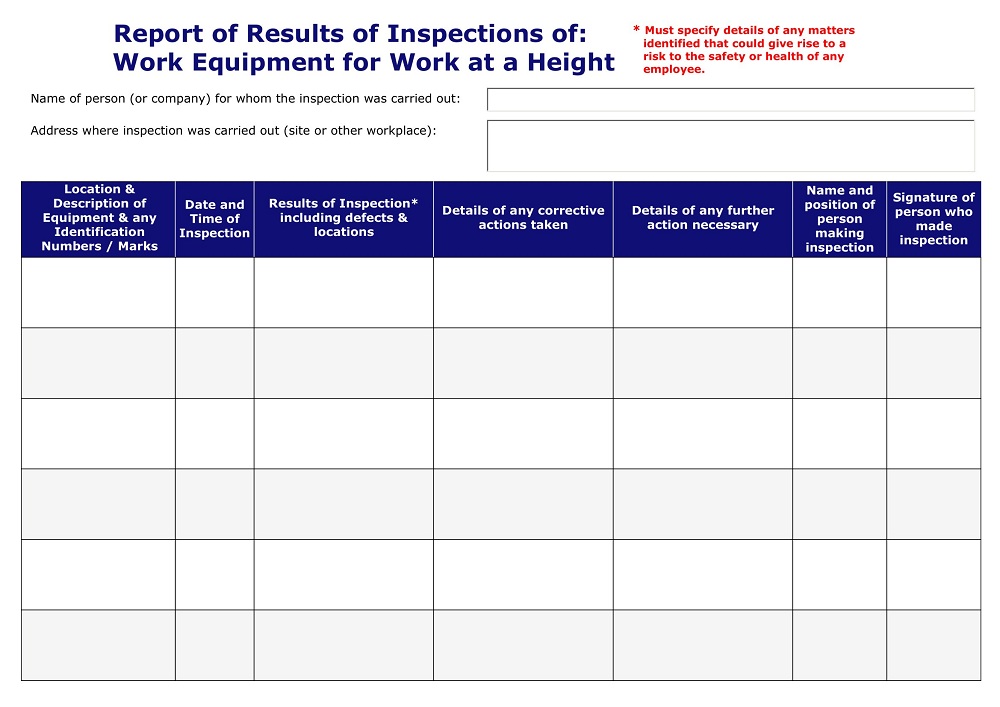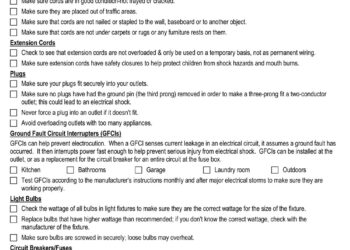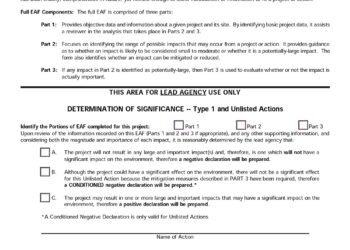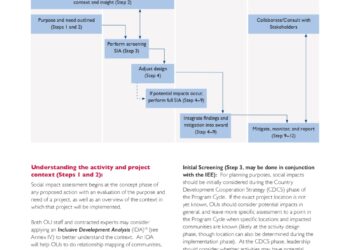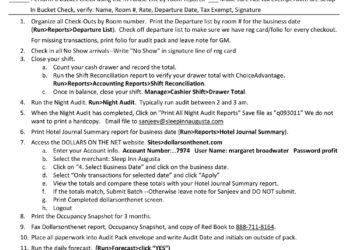Safety is of utmost importance in any workplace, particularly when it comes to handling heavy loads and operating lifting equipment. This is where Lifting Equipment Register Template proves an invaluable tool that provides a comprehensive and systematic approach to managing lifting equipment, helping businesses streamline safety practices, maintain compliance, and minimize the risk of accidents. Explore our collection of free lifting equipment register templates available in MS Excel and PDF which allows you to make changes as required.
To ensure the well-being of workers and comply with regulations, it is crucial to maintain an accurate record of all lifting equipment and its associated inspections. Lifting equipment templates offer a structured approach to ensure compliance with safety regulations, streamline equipment management, and promote a safe working environment. With the template, organizations are able to quickly identify the status of their equipment, plan preventive maintenance activities more accurately, and reduce accidents due to equipment failure. In this article, you’ll find a collection of free Lifting Equipment Register Templates and samples in PDF, Word, and Excel format to help you make your equipment effective.
Download Free Lifting Equipment Register Templates
Building and Construction Load Lifting Rigging
|
Certificate of Test Visual Examination of Lifting Equipment
|
Equipment Daily Checklist And Safety Inspection Form
|
Equipment Register Template XLS
|
Lifting and Hoisting Procedure Lift Planning Execution
|
Lifting Equipment and Machinery Register
|
Lifting Equipment at Work
|
Lifting Equipment Inspection and Maintenance
|
Lifting Equipment Procedure Register
|
Lifting Equipment Register Format
|
Lifting Equipment Regulations Policy
|
Lifting Equipment Risk Register
|
Lifting Operations and Lifting Equipment Guidance
|
Monitoring Equipment Register Excel
|
Online Lifting Equipment Register Template
|
Plant and Equipment Register Template
|
Register of Lifting Equipment Template
|
Work Equipment for Work at a Height
|
What is a Lifting Equipment Register?
A Lifting Equipment Register is a comprehensive record-keeping system that documents and tracks information related to lifting equipment within an organization. It serves as a central database containing essential details about each piece of lifting equipment, including its identification, specifications, inspection history, maintenance records, and certifications. The Lifting Equipment Register helps to ensure that all of the equipment conforms to safety standards and meets occupational health and safety regulations. It also serves as a reminder for operators about the need for them to undertake routine maintenance checks and other necessary precautions when using such items. This register enables organizations to keep track of equipment usage, schedule routine inspections, track maintenance activities, and identify any potential risks or issues associated with the equipment. The register serves as a valuable resource for audits, compliance assessments, and equipment maintenance planning. By maintaining an up-to-date and accurate Lifting Equipment Register, organizations can effectively manage their lifting equipment, enhance workplace safety, and demonstrate their commitment to regulatory compliance.
Components of Lifting Equipment Register
A lifting equipment register is more than just a document that companies need to keep on file for compliance. It’s an important tool for workplace safety. A comprehensive Lifting Equipment Register typically includes the following components:
- Equipment Identification: Each piece of lifting equipment is assigned a unique identification number or code for easy reference and tracking. This component includes details such as equipment name, model, serial number, and manufacturer information.
- Equipment Specifications: This section provides information about the specific characteristics and capabilities of the lifting equipment. It includes details such as weight capacity, dimensions, load limits, and any special features or requirements.
- Inspection Records: The Lifting Equipment Register includes a record of all inspections conducted on the equipment. This component captures inspection dates, findings, and the names of inspectors. It helps ensure that inspections are carried out regularly and in compliance with safety regulations.
- Maintenance History: This component documents all maintenance activities performed on the lifting equipment. It includes records of routine maintenance, repairs, and servicing. It helps track the equipment’s maintenance schedule, identify recurring issues, and ensure that maintenance is conducted in a timely manner.
- Certifications and Documentation: The Lifting Equipment Register includes copies of relevant certifications, licenses, and test reports for the equipment. This component ensures that the lifting equipment meets regulatory requirements and has undergone the necessary testing and certification processes.
- Risk Assessments and Hazard Control: This section documents any risk assessments conducted for the lifting equipment. It includes information on identified hazards, control measures implemented, and any additional precautions or safety measures to be followed during equipment operation.
- Training and Competency Records: The Lifting Equipment Register may include records of training and competency assessments for personnel involved in operating the equipment. It helps ensure that individuals have received the necessary training, possess the required skills, and are competent to handle the equipment safely.
- Decommissioning or Disposal: This component captures information about the decommissioning or disposal of lifting equipment, including the date, reason for decommissioning, and proper disposal methods followed.
- Observations and Notes: The Lifting Equipment Register may provide space for additional observations, notes, or comments related to the equipment’s condition, performance, or any other relevant information.
Importance of Lifting Equipment Register
A lifting equipment register is an essential tool for organizations that use lifting equipment in their operations. It is a comprehensive record-keeping system that documents all relevant information about the lifting equipment present in a workplace. Here are some benefits and importance of maintaining a lifting equipment register:
Compliance with Regulations
Lifting equipment is subject to various regulations and standards to ensure safety in the workplace. By maintaining a lifting equipment register, organizations can demonstrate compliance with regulatory requirements. This includes adhering to inspection schedules, ensuring proper maintenance, and conducting necessary tests and certifications.
Safety Management
Lifting equipment, such as cranes, hoists, and forklifts, can pose significant risks if not properly maintained and used. A lifting equipment register helps organizations manage safety effectively by providing a centralized repository of information about the equipment. This includes details about inspections, maintenance records, operator certifications, and any reported incidents or repairs. Having this information readily available allows for proactive maintenance planning, identifying potential issues, and ensuring the safe operation of the equipment.
Asset Management
Lifting equipment represents a significant investment for organizations. A lifting equipment register helps in effectively managing these assets. It provides a comprehensive overview of the equipment’s details, such as model, serial number, purchase date, and warranty information. This facilitates asset tracking, maintenance planning, and budgeting for repairs or replacements.
Maintenance Planning
Lifting equipment requires regular inspections, maintenance, and servicing to ensure it remains in good working condition. By maintaining a lifting equipment register, organizations can schedule and track routine inspections and maintenance tasks. This proactive approach helps prevent breakdowns, reduces downtime, and extends the lifespan of the equipment.
Risk Assessment and Mitigation
A lifting equipment register provides valuable information for conducting risk assessments related to lifting operations. It allows organizations to identify potential hazards, assess the risks associated with specific equipment, and implement appropriate control measures. This includes ensuring operators are properly trained, equipment is suitable for the intended use, and that any modifications or repairs are carried out by qualified professionals.
Record-Keeping and Accountability
A lifting equipment register serves as an official record of all lifting equipment within an organization. It helps maintain accountability by documenting all relevant information, such as inspection reports, maintenance records, and certifications. In the event of an incident or audit, this register can provide evidence of compliance, due diligence, and responsible management of lifting equipment.
Overall, a lifting equipment register is vital for organizations to ensure compliance with regulations, maintain a safe working environment, manage assets effectively, plan maintenance activities, mitigate risks, and provide accurate record-keeping. It contributes to improved operational efficiency, reduced downtime, and enhanced safety for both employees and the surrounding environment.
How to Utilize Lifting Equipment Register Templates
The effective utilization of a lifting equipment register template is crucial for organizations that rely on lifting equipment in their operations. By implementing and maintaining a comprehensive register, businesses can streamline their equipment management processes, ensure compliance with regulations, and prioritize safety in the workplace. This guide outlines the steps to efficiently utilize a lifting equipment register template, from understanding its structure to populating it with accurate equipment information, recording maintenance and inspection records, and leveraging the register for planning and compliance purposes. By following these steps, organizations can enhance operational efficiency, mitigate risks, and maintain a well-documented and up-to-date record of their lifting equipment inventory.
- Choose a template: To effectively meet your organization’s specific needs, browse our collection where you can find a range of lifting equipment register templates that can be customized to align with your requirements. These templates are designed to be flexible, allowing you to tailor the fields, categories, and layout to suit your industry, equipment types, and internal processes.
- Familiarize yourself with the template: Familiarize yourself with the sections and fields present in the lifting equipment register template. Typically, it includes columns for equipment identification, description, maintenance history, inspection dates, certification details, and any relevant notes or comments. Understanding the template structure will help you input and organize the information correctly.
- Gather equipment information: Collect all necessary details about your lifting equipment. This may include equipment names, serial numbers, manufacturers, models, and purchase dates. Make sure you have accurate and up-to-date information for each piece of equipment.
- Populate the register: Start entering the equipment information into the lifting equipment register template. Fill in each field with the appropriate details. Be thorough and ensure accuracy while populating the register. If using a digital template, you can easily input information directly into the provided fields. For a physical template, write legibly and clearly in the designated spaces.
- Include maintenance and inspection records: Record all relevant maintenance activities and inspections conducted for each piece of lifting equipment. Include dates of inspections, maintenance tasks performed, and any issues or repairs identified. If there are specific intervals or schedules for inspections and maintenance, note them in the register as well.
- Incorporate certifications and documentation: Keep track of certifications and documentation associated with lifting equipment. This includes operator certifications, load testing certificates, compliance documentation, and any other relevant certificates. Note the expiration dates of certifications and ensure they are renewed in a timely manner.
- Regularly update the register: A lifting equipment register should be a living document that is regularly updated. Whenever there are changes in equipment status, maintenance activities, inspections, or certifications, make sure to update the register accordingly. Set a schedule for periodic reviews to ensure the register remains accurate and up-to-date.
- Utilize the register for planning and compliance: Leverage the information stored in the lifting equipment register for various purposes. Use it to plan maintenance activities, schedule inspections, and identify any potential issues or risks. Ensure compliance with regulations and standards by referring to the register when conducting audits or assessments.
- Train and inform relevant personnel: Make sure the lifting equipment register is accessible to authorized personnel who are responsible for using, maintaining, and inspecting the equipment. Train them on how to use the register effectively and emphasize the importance of keeping it up-to-date. Encourage employees to report any issues or changes in equipment status promptly.
The lifting equipment register template is a tool to help you organize and manage your lifting equipment effectively. Customize the template to suit your specific needs and ensure that it aligns with the regulations and requirements applicable to your industry. Regularly review and maintain the register to ensure its usefulness and accuracy over time.
Conclusion
Lifting equipment register templates offer a practical and efficient solution for managing lifting equipment and maintaining safety in the workplace. By providing a structured framework for documenting equipment information, maintenance records, and compliance details, these templates streamline equipment management processes, facilitate maintenance planning, and ensure compliance with regulations and standards. Implementing lifting equipment register templates enables organizations to prioritize safety, reduce downtime, optimize maintenance practices, and create a well-documented inventory of their lifting equipment. Embracing these templates empowers organizations to enhance operational efficiency while safeguarding their workforce.
Reference Link


